
Allow children to help make their sandwich, package up leftovers, or put fruit and veggies in their lunchbox. Cutting the fruits/veggies into fun shapes is another great way to make preparing and eating meals fun and cool. If they help prepare their food, they will look forward to eating it later.
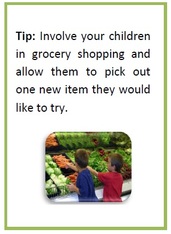
Everyone likes to have a choice when it comes to meals and children feel extra special when parents trust them to make their own choices. Set out bowls containing various items in each food group. Allow children to pick one thing from each bowl/category. For example, there may be a veggie bowl that contains individual servings of sugar snap peas, cherry tomatoes and carrots. The child can pick any one of the three from that category or mix and match! Another option would be to create a "trail mix buffet bar" and allow children to select which items they would like to include in their own personal trail mix snack.
Allow children to pick out their own cool lunch box and get creative with containers. Remember to keep serving sizes in mind when choosing containers.
It may take several tries for a kid to acquire a taste for new food that they may have not liked the first time around. Try different variations of packing the same thing, and find which way they like best, like dipping sauces for veggies or spreads on sandwiches.
Here are fun, funky and fresh ideas for making a child's snacks and lunches healthy at home and at school.
Be creative! It is easy to get into the habit of serving and eating the same dishes because you know kids liked it, but don’t hesitate to switch it up! Cucumbers in a smoothie adds a light, fresh taste, plus added nutrition. Spinach is also a very easy food to throw in smoothies, or cut up in tiny pieces to toss in tomato sauce or in a stir fry if you need to disguise the veggie. Shish Kabobs are also great fun for kids to poke the stick through some veggies of their choice. The possibilities are endless, go explore them!
Wishing you happy and healthy eating,
The Dr. Sears L.E.A.N. Team

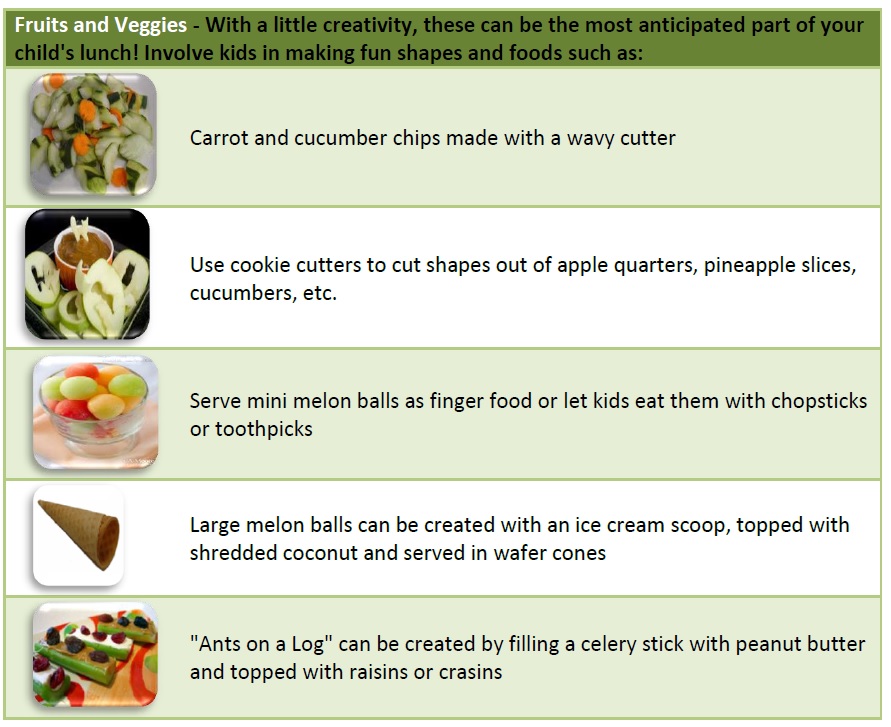

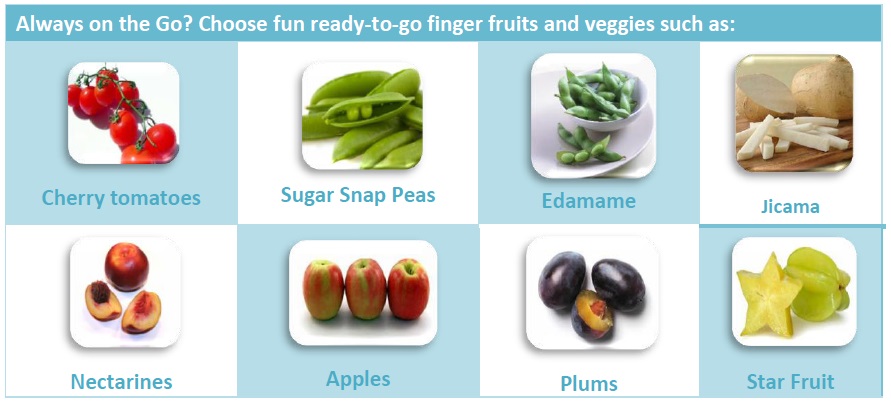
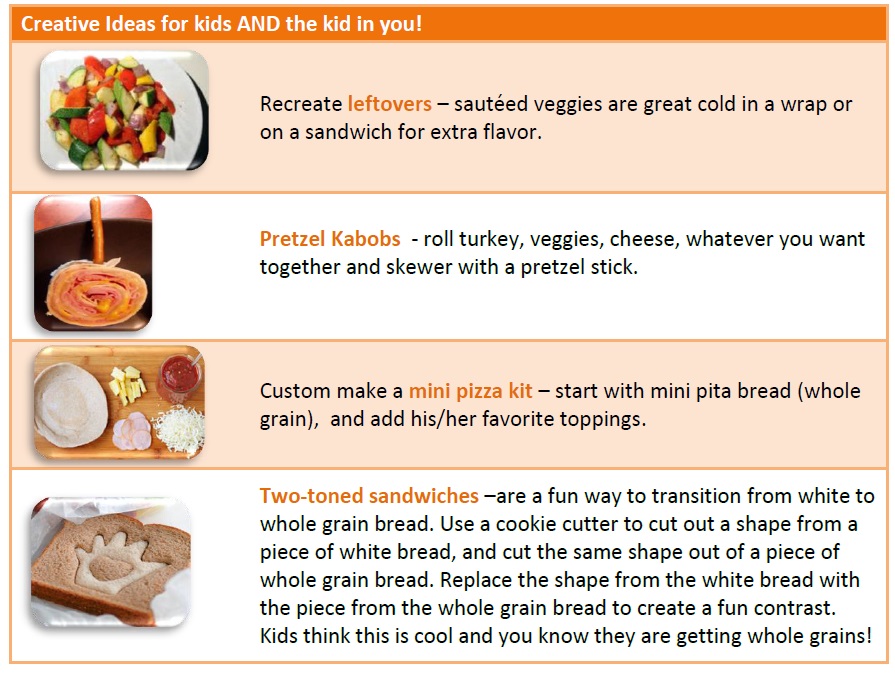





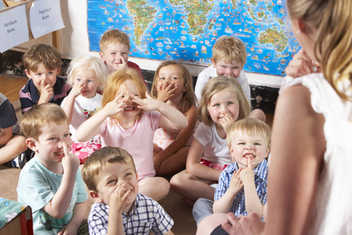






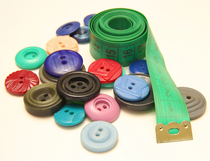
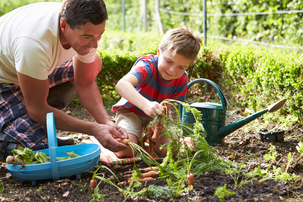







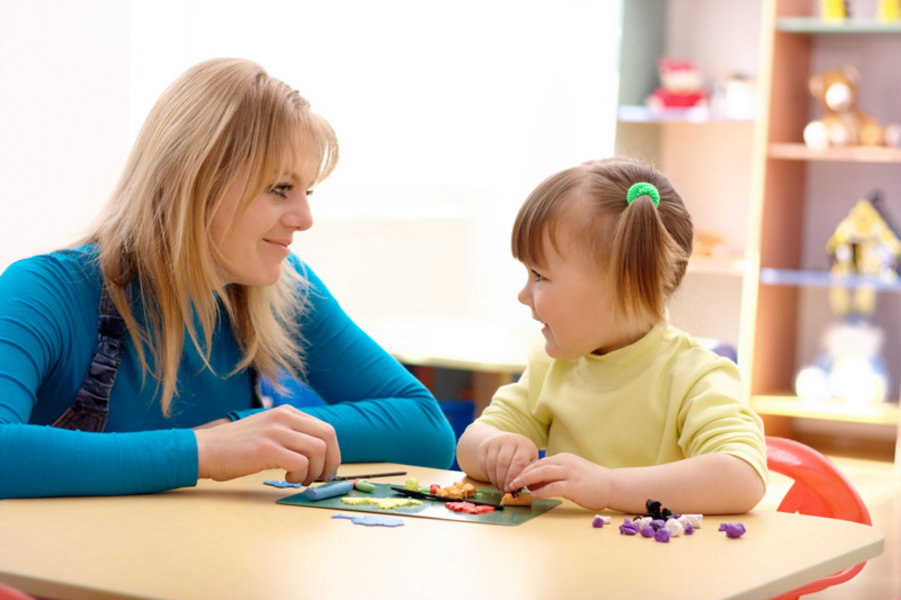




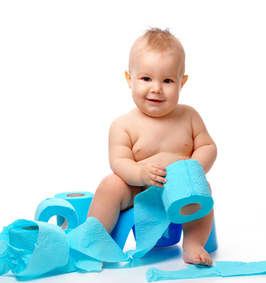


 RSS Feed
RSS Feed